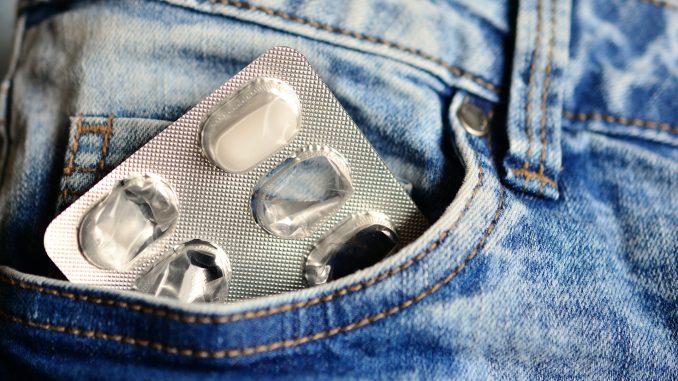
As governments across Europe step up their battle against legal highs, the debate continues to rage as to whether legalisation, regulation or criminalisation remains the most effective way of limiting the negative impact they can have on society.
In 2016, the United Kingdom became the latest country to introduce a blanket ban on legal highs, following in the footsteps of countries such as Ireland in imposing strict regulations regarding their use. In the last month, the Maltese government has outlined its plans for a crackdown on legal highs – a growing phenomenon on the small island. Quite what impact these bans have is hard to say.
In the UK, the government has achieved its primary aim of making such substances harder to come across. They are no longer sold in high street shops or legally online. However, a number of surveys have suggested that the problem has merely been pushed underground in a case of ‘out of sight, out of mind’.
One 2016 survey by DrugWise, which quizzed drug treatment workers, police and drug action team workers, suggested that the now-banned substances had simply become a staple for drug dealers across the country.
However, statistics from the UK government do suggest that drug misuse is gradually falling, backing their claims that the ban is having an effect. That is at odds with certain results in Ireland, which suggested larger numbers of people were still trying legal highs after the ban.
Continental Europe continues to be hit by large numbers of new legal highs, with roughly 100 new types discovered every year.
More than half of the drugs closely monitored under international drug control treaties are now legal highs – and the number is increasing. Critics claim legal highs are ‘low risk, high profit’ for dealers, yet their impact can be devastating. The European Monitoring Centre for Drugs and Drug Addiction has issued more than 30 health alerts in two years over dangerous legal highs.
The blanket ban represents something of a policy shift with governments previously adopting a piecemeal approach by banning whichever legal high was in the spotlight at the time.
Ireland changed that in 2010 with their blanket ban, while 2012 saw America adopt the Synthetic Drug Abuse Prevention Act – not quite a blanket ban, but still wide-ranging.
In recent years, China has attempted to address the problem at source by regulating well over 100 legal highs, with four more added to the list earlier this year.
Given its geographical isolation, New Zealand has faced particular problems with legal highs developed within its own borders. In 2013, the government decided regulation was the best approach, making it legal to manufacture such drugs with a permit. If, after a year-long trial, drugs were found to be ‘low-risk’, they could be sold legally to over-18s. The plan stalled, however, when an animal rights group successfully lobbied for them not to be tested on animals.
However, it was believed that such an approach would enable authorities to ban the most addictive and/or dangerous legal highs while allowing relatively harmless ones on the market.
In 2015, the United States saw more people killed by drug overdoses than by guns for the first time.
President Donald Trump appointed New Jersey governor Chris Christie to oversee an opioid taskforce in response – the first sign that even America is joining the long list of countries taking a deeper look into the impact of legal highs.


Leave a Reply